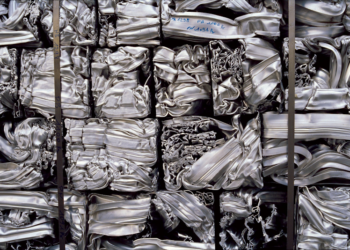The world-famous Memphis aquifer lies over a particular subsurface water supply in Memphis. As a geological formation, “Memphis Sand” is known as “Memphis Sand Aquifer.” The hydrologic formation is referred to as the “Memphis aquifer.”. The Sparta aquifer is what it’s known as in Mississippi. Scientists are so good at making things understandable, don’t you think?
Recently, the Memphis aquifer is now in the spotlight for a variety of reasons, among them the presence of arsenic in the clay layers and coal ash dumps. A plethora of data is available, but all want to appear knowledgeable during social gatherings. Knowing these four things about our well-known water supply will give you a leg up on the competition.
Layers Of Clay
The groundwater system under our feet consists of many levels. ‘ These are the most critical:
- Deeper Sand Aquifer
- First Clay Layer
- Shallow Aquifer
Most Of Our Drinking Water Comes From The Memphis Aquifer And The Water Directly Below Cooper
Over 2,000 years old, Young. The clay layer above this is expected to shield it from substantial surface contamination. Natural “breaches” have been identified in the Memphis aquifer during the last 20 years, allowing surface water and contaminants to seep down into the deeper aquifer. Old erosional scars (imagine ancient rivers) or faulting cause these natural gaps.

Pollution’s Real Dangers
The natural sand aquifer’s advantage is that water moves through it at a relatively slow rate. Contamination & pollution are serious issues, but the true source is previous pollution. To provide one current example, a Tennessee Valley Authority coal ash dump was built in the 1950s, long before the EPA was established or any restrictions were in place. Industrial activity before to 1970 is the primary source of most pollution. To reach producing wells, pollutants must travel through the soil for up to 60 years.
The most comprehensive aquifer research to date was published at the end of 2018
Memphis Light, Gas, and Water (MLGW) has given the University of Memphis‘ Center for Applied Earth Scientific & Technology Research $1 million a year to examine the clay breaches in Memphis aquifer & their influence on water quality. The Memphis aquifer has never seen a study of this scope. In order to maintain the excellent quality of the water you use for drinking, bathing, and cooking, MLGW will use these objectives to establish the best pumping schedule and well locations.
You May Become Engaged In A Variety Of Ways
Understanding the findings of the study is essential for Memphis & Shelby County people to influence prudent planning for a long-term supply of clean water.
In general, the Memphis aquifer continues to be one of the world’s best drinking water supplies. Keep Memphis, Tennessee’s water supply safe and pure by learning more about the aquifer’s dangers and physical qualities.





